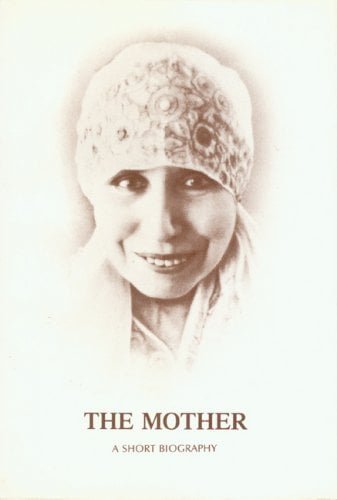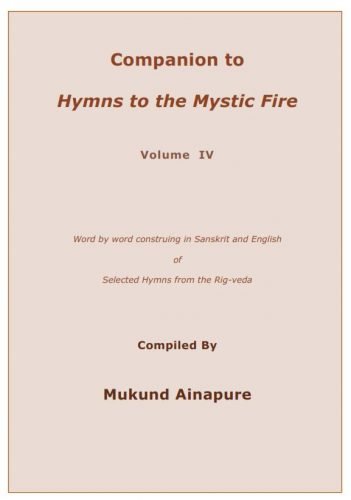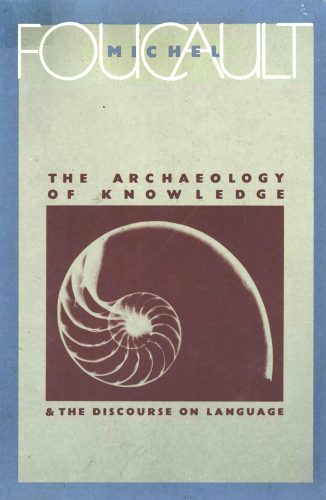Companion to Vedic Verses in ‘The Life Divine’ – Vol. I by Mukund Ainapure

Companion to Vedic Verses in ‘The Life Divine’ – Vol. I
All the chapters of CWSA Volume 21 & 22 – The Life Divine – have, below the title, translated quotations from the Vedas, Upanishads, Bhagavad Gita and other Sanskrit texts. Sri Aurobindo called these quotations (or, chapter-opening epigraphs) “mottoes”.
The present volume provides the original Sanskrit verses from the Vedas, Upanishads, Bhagavad Gita and other Sanskrit texts in Devanagari (without accents), translated and cited by Sri Aurobindo in the “mottoes” in The Life Divine-I (CWSA Volume 21).
The compiler has provided the Padpātha (in Devanagari as well as Roman Transcription) under each verse in which all euphonic combinations (sandhi) are resolved into the original and separate words and even the components of compound words (samās) indicated; and matched each Sanskrit word in the Padpātha with the corresponding English word in the Translation using superscripts, followed by footnotes providing alternative meaning(s) of words and explanatory Notes based on Sri Aurobindo’s writings.
Book Details
Author: Mukund Ainapure
Print Length: 221
Publisher: Mukund Anapure
Submitted by: Mukund Ainapure
Book format: Pdf
Language: English and Sanskrit
Read more









